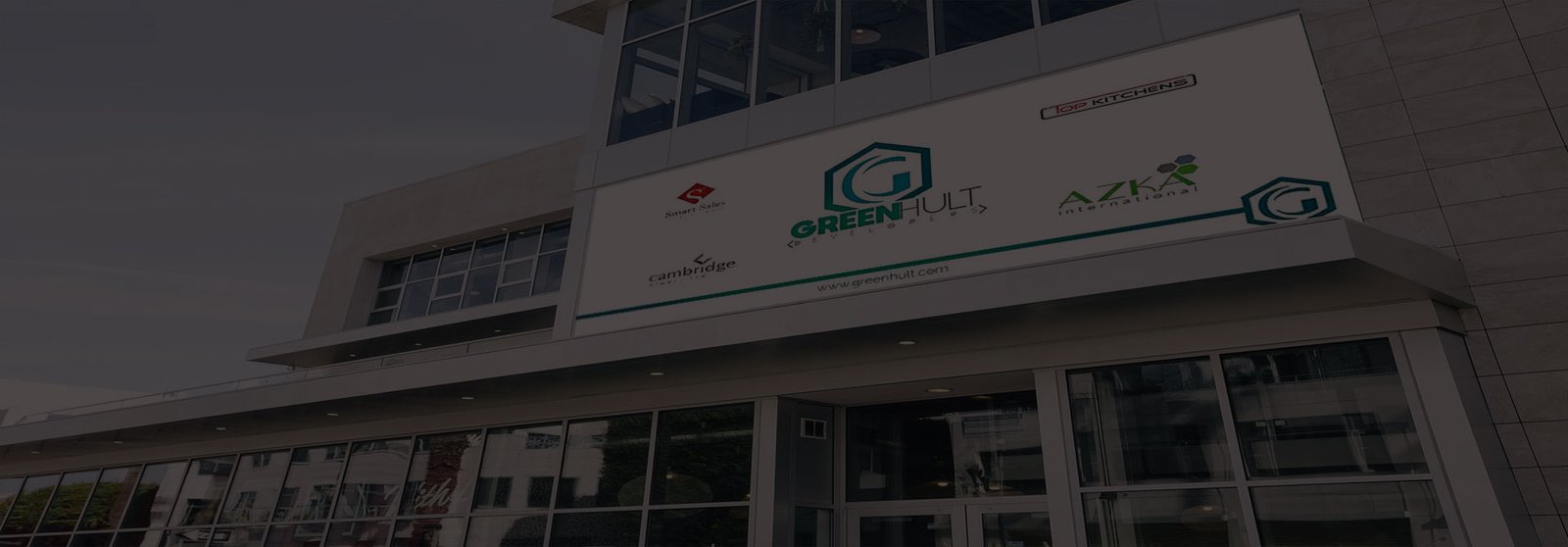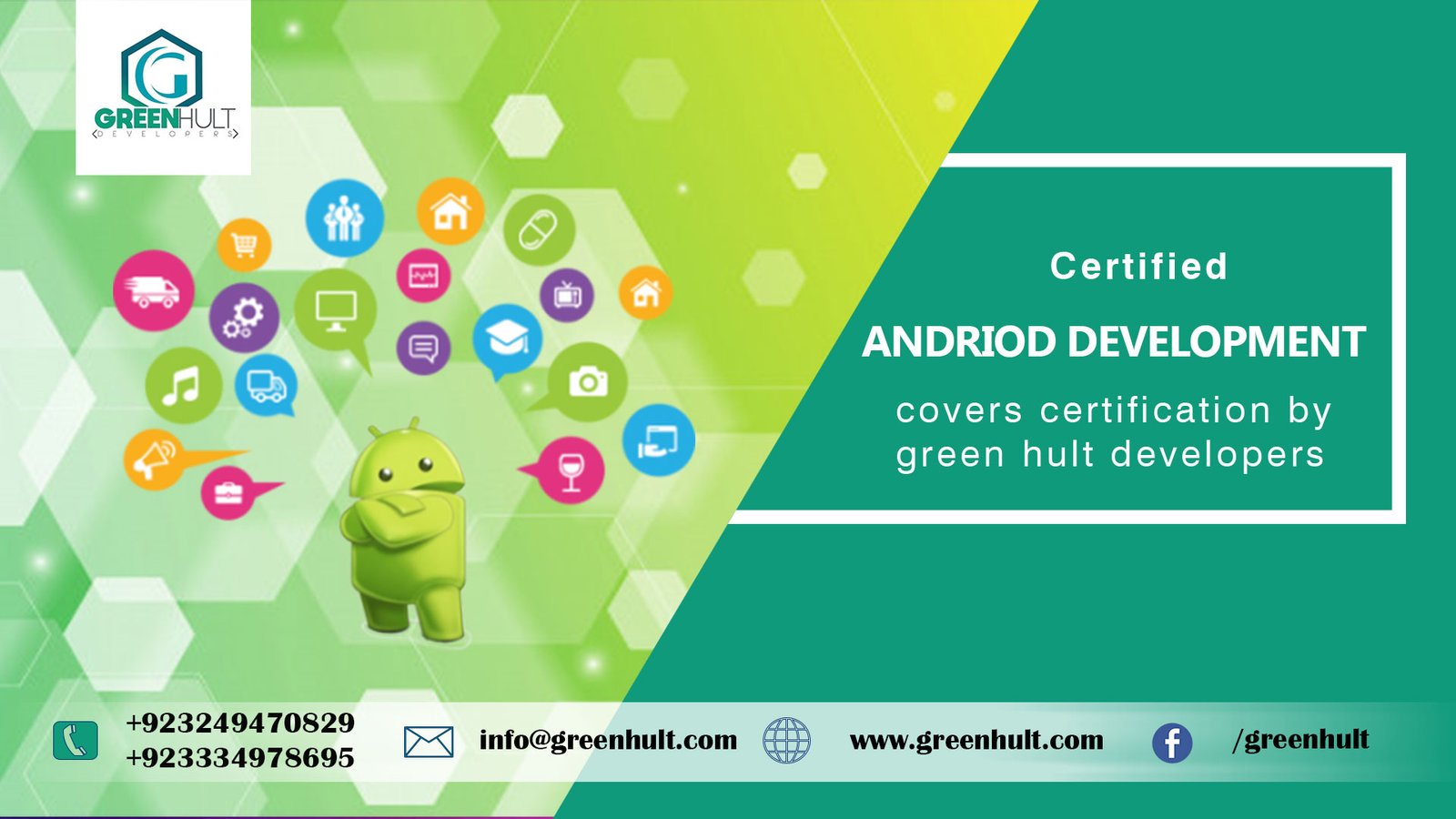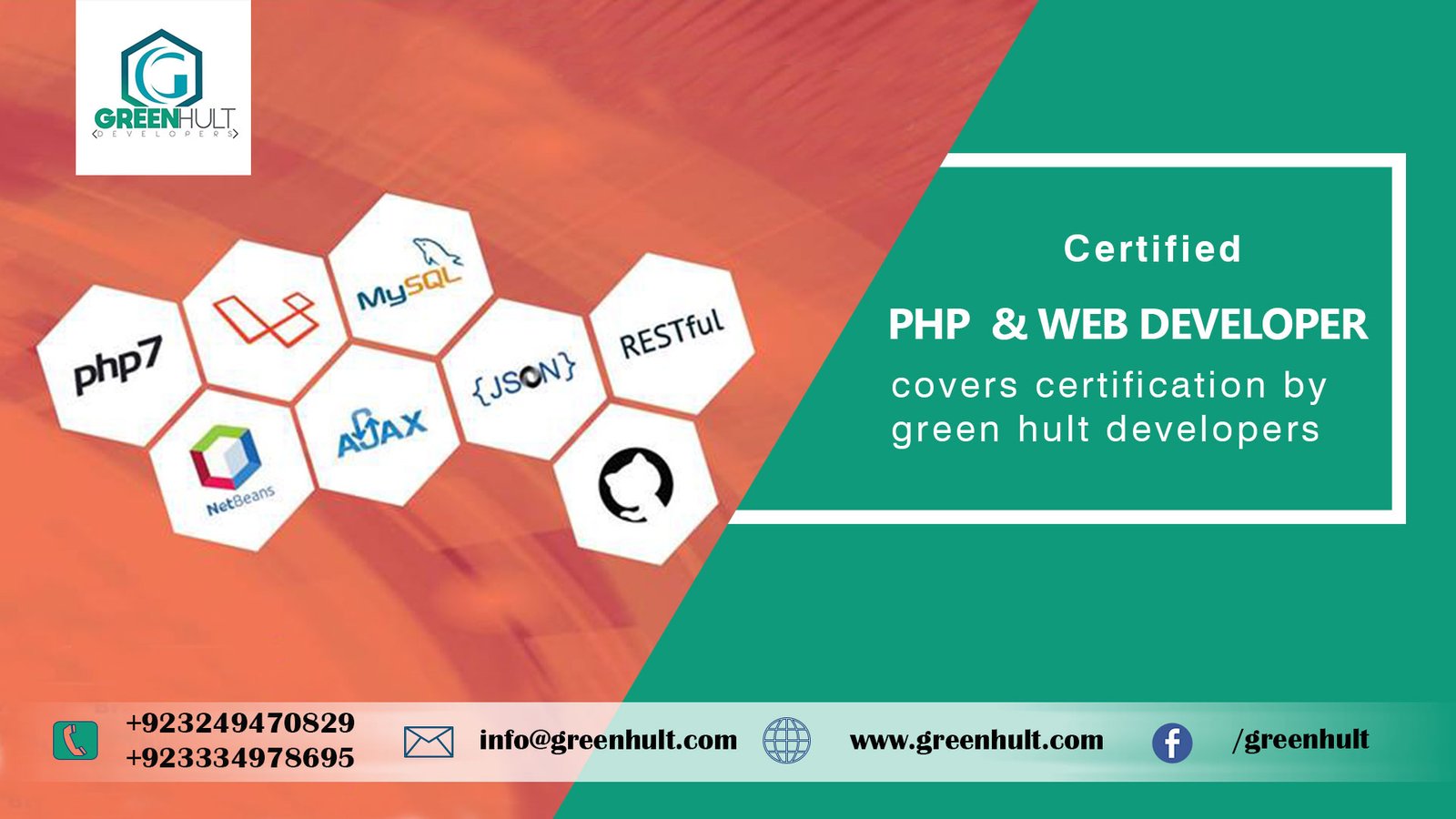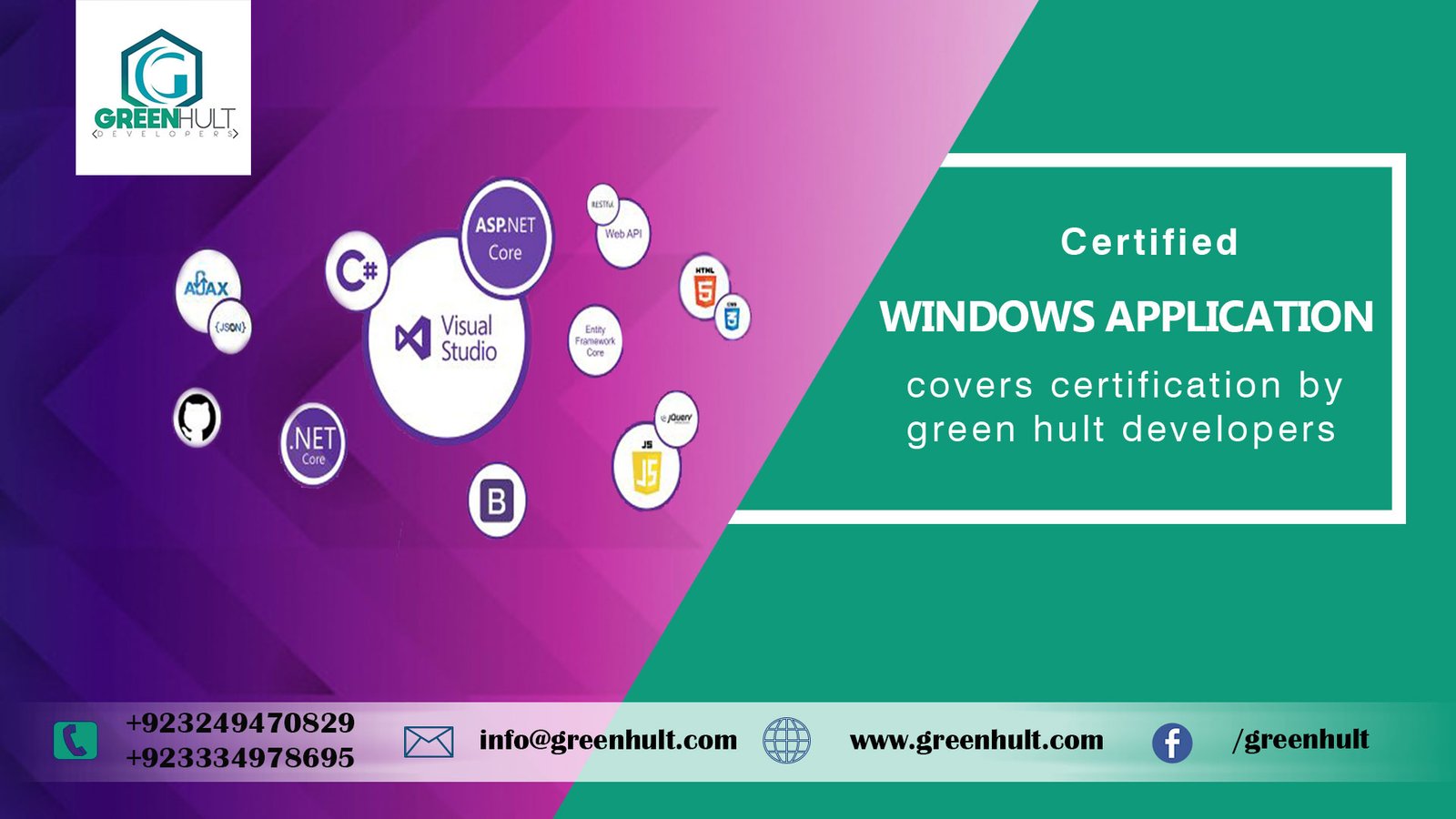-

-

 Hub Of Best IT Training And Services Institude Lahore Ever!
Hub Of Best IT Training And Services Institude Lahore Ever! Admission Open NowImportant Note: Limited seats are available first come and serve seats policy will be followed, after 2 months.
Admission Open NowImportant Note: Limited seats are available first come and serve seats policy will be followed, after 2 months. -

-

-

-

-

-

-

-


 DO YOU NEED A NEW
DO YOU NEED A NEW
 BEST IT TRAINING?We so confused? Let's get starting today wtih Green Hult Developers.
BEST IT TRAINING?We so confused? Let's get starting today wtih Green Hult Developers.
Amazon Basics Course
Course Description
The Best AWS Certification Training in Lahore Pakistan
Green hult Developers is offering the most modern and highly demanded AWS Certification Training course in Lahore. You can explore our role-based certifications for those in Cloud Practitioner, Architect, Developer, and Operations roles, as well as our Specialty certifications in specific technical areas.
AWS technologies are very vast and they are traditional technologies like Server, database, etc, which are just hosted in the cloud.
Cloud computing is one of the hottest and demanding technologies for qualified professionals. The median salary for IT pros currently in a cloud computing career in the U.S. is $124,300.
The key to boost your employability in today's cloud jobs market is to acquire AWS skills and certifications. AWS provides a flexible pay-as-you-use approach and beginners if required can use these services according to the utilization of hours and memory.
Most companies are looking for the certified and skilled resources. However, candidates with right certifications can avail the wonderful earning opportunities and they can ask for more as they can offer you more.
Green hult Developers AWS Certification Courses in Lahore are delivered by industry experts with a shared passion for Cloud computing.
AWS Certification validates cloud expertise to help professionals highlight in-demand skills and organizations build effective, innovative teams for cloud initiatives using AWS. You can choose from diverse certification exams by role and specialty designed to empower individuals and teams to meet their unique goals.
1) Types of AWS Certifcation Training Courses
Green hult Developers is offering different AWS Certification training Courses in Lahore . Here are the outlines of the AWS certification Courses
Professional
Two years of comprehensive experience designing, operating, and troubleshooting solutions using the AWS Cloud
Associate
One year of experience solving problems and implementing solutions using the AWS Cloud
Foundational
Six months of fundamental AWS Cloud and industry knowledge
For the Beginners, We recommend approximately 120 hours or three months to prepare AWS. You may Start with the fundamentals, and then move to the Solutions Architect – Associate Learning Path.With a full-time job and other commitments, investing 80 hours of study usually takes two months.
2) What AWS certification is in demand?
You can choose the Right AWS Certification Based on Your Role and Skill Set
AWS Certification Category
AWS Certification Name
Developing
AWS Certified Developer – Associate
Operations
AWS Certified SysOps Administrator – Associate
Architecting
AWS Certified Solutions Architect – Professional
3) Importance of AWS certification Training
The AWS Certification training course in Lahore at Arfa Tower offered by Green hult Developers is one of the most modern educational Certification and the AWS Certified Professionals have higher salary opportunities. Yes, it's worth it. The certified AWS professionals are in great demand these days. The Value of AWS Certifications is increasing day by day.
Despite the correlation between certification and competence, there is still huge demand for certifications. Green hult Developers is offering online training for Amazon Web Services (AWS), and the certification courses which are outselling the other courses by more than 10 times.
It is important to important to note, Just as Amazon is the go-to company for consumer goods, AWS is by far the dominant player in the on-demand cloud computing market space. ... The entry-level certification is the AWS Certified Developer – Associate, followed by the AWS Certified Developers Engineer – Professional
Any one who want to excel in the industry and believe in change of future.
Who wants to work on linux,Cloud technologist & DevOps etc
We will follow the following path
Linux > CloudPractionair
Linux
Chapter # 1 Welcome to the world of Linux
Chapter # 2 Introduction to Linux
Chapter # 3 Linux Distributions
Chapter # 4 Installation VirtualBox and
setting up a virtual machine
Chapter # 5 Ubuntu/CentOS installation on a
virtual machine with ISO image
Chapter # 6 Linux Command Line Essentials
Chapter # 7 Administrative privileges in terminal
Chapter # 8 Using the package manager (apt-get/yum)
to install new applications
Chapter # 9 File Permissions and Ownership (Sudo user,
create user and groups with permissions)
Chapter # 10 How to create a file using the command line
Chapter # 11 Copying, renaming and removing files
Chapter # 12 FIND command and its practical uses
Chapter # 13 GREP command
Chapter # 14 Using GREP in conjunction with FIND
Chapter # 15 Redirecting the output of a command
Chapter # 16 The TOP command and its uses
Chapter # 17 How to view the entire list of processes and
closing applications (ps aux command)
Chapter # 18 Install service https/apache, start
and stop service
Chapter # 19 Using CRONTABS to schedule tasks
Chapter # 20 Setup LAMP Server (Apache, PHP, and MYSQL)
Chapter # 21 Mysql database configuration
Chapter # 22 Mysql database LAB: Create database,
table and columns
Chapter # 23 Networking commands
Chapter # 24 NETSTAT commands
Chapter # 25 TRACEROUTE commands
Chapter # 26 Using SSH to access the command line
of a remote host
Chapter # 27 Using SFTP to transfer files
between machines
Chapter # 28 AWS CLI commands
Chapter # 29 Create AWS S3 bucket, list of buckets
and delete bucket
Cloud Practitioner
Chapter # 1
AWS Introduction, AWS Interfaces
Chapter # 2
Introduction
AWS Interfaces
Usability Benefits
AWS Console
CLI and SDK
Core Services: IAM, EBS, EC2, and S3
AWS Core Services IAM, IAM
(Users, Groups, and Roles)
EBS
The difference between EBS and
Physical media devices
- Data redundantly stored in regions
- Design for seamless scaling
- Lab of IAM, EBS, EC2, S3
Chapter # 3
Core Services: VPC, Global Infra, SG, Cloudfront
AWS Core Services:
- Virtual private cloud (VPC)
- Features of VPC
- Security Groups
- AWS Global Infrastructure and CloudFront
- Lab of VPC
- Security Groups and Cloudfront
Chapter # 4
Core Services: CloudWatcht
AWS Core Services:
- Introduction of CloudWatch
- Features of CloudWatch
- Use cases for CloudWatch
- CloudWatch Components
- Lab of CloudWatch
Chapter # 5
Core Services: RDS, Route53
AWS Core Services:
- Introduction of Relational databases
- RDS in VPC
- RDS in Multi-AZ
- RDS Read Replica
- Introduction to Route53
- Route53 working
Chapter # 6
Core Services: SNS and Application
Load balancer
AWS Core Services:
- Introduction of Simple Notification Service (SNS)
- Lab of SNS
- Introduction of Application Load Balancer
- Use case of the application load balancer
- Features of ALB
- Introduction of Auto Scaling
- Components of Auto Scaling
Chapter # 7
Core Services: Cloudformation and
ElasticBeanstalk
AWS Core Services:
- Introduction of CloudFormation
- CloudFormation components
- Introduction of Elastic Beanstalk
- Components of Elastic Beanstalk
Chapter # 8
Core Services: Lambda and Trusted Advisor
AWS Core Services:
- Introduction of Lambda
- How Lambda works
- Introduction of Trusted Advisor
- Benefits of Trusted Advisor
Chapter # 9
AWS Architecture and
Well Architecture Framework
- AWS Architecture
(Fault tolerance and high availability)
- AWS Well-Architected Framework
- Cost optimization
- Operation
Chapter # 10
AWS Security, Inspector, and Shield
Chapter # 11
AWS Security
Security products and features
Data Encryption
ACL
AWS Inspector
AWS Shield
AWS Pricing and Support
AWS Pricing
EC2 costing
S3 costing
EBS costing
RDS costing
Cloudfront costing
AWS Support








